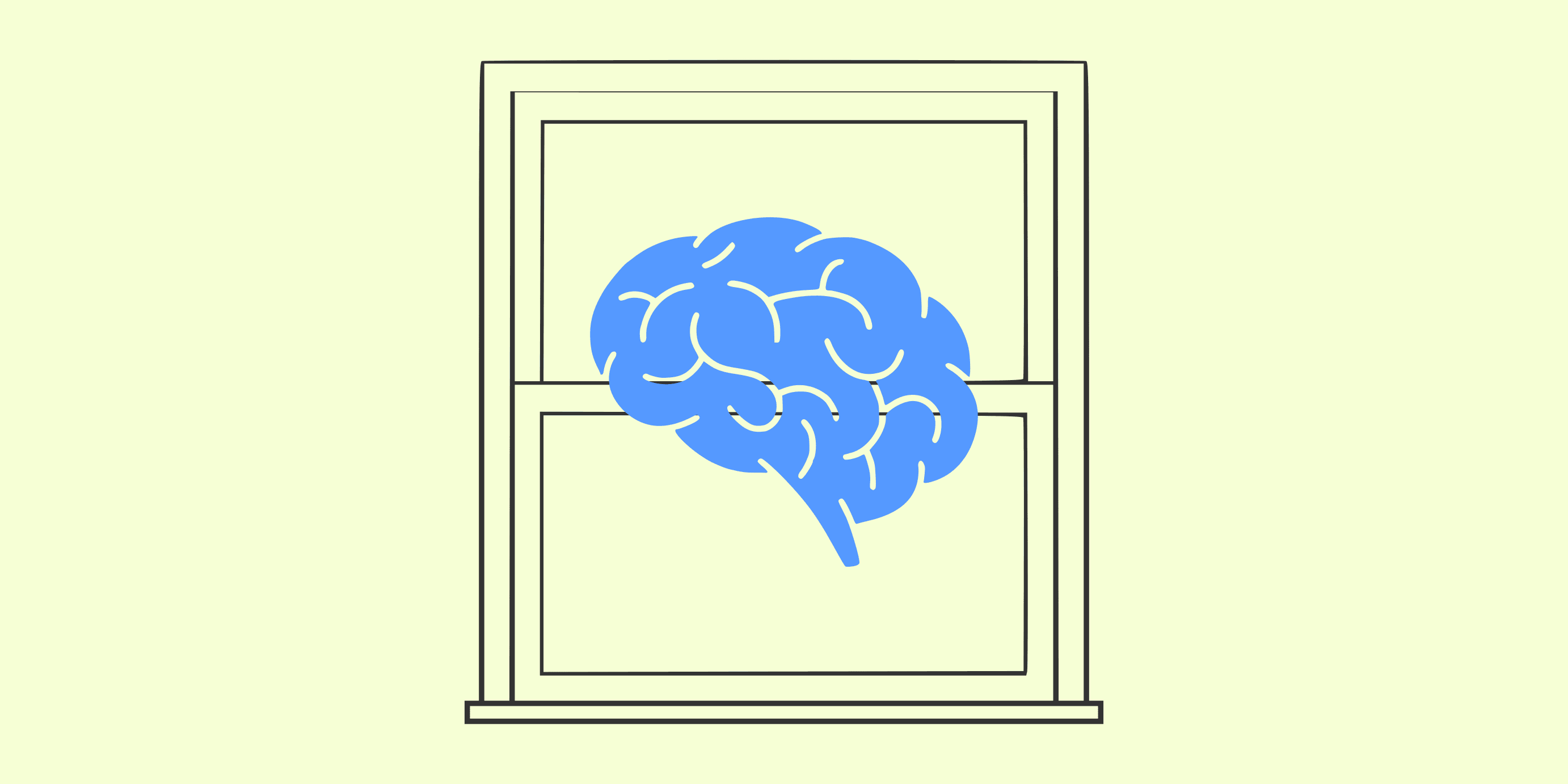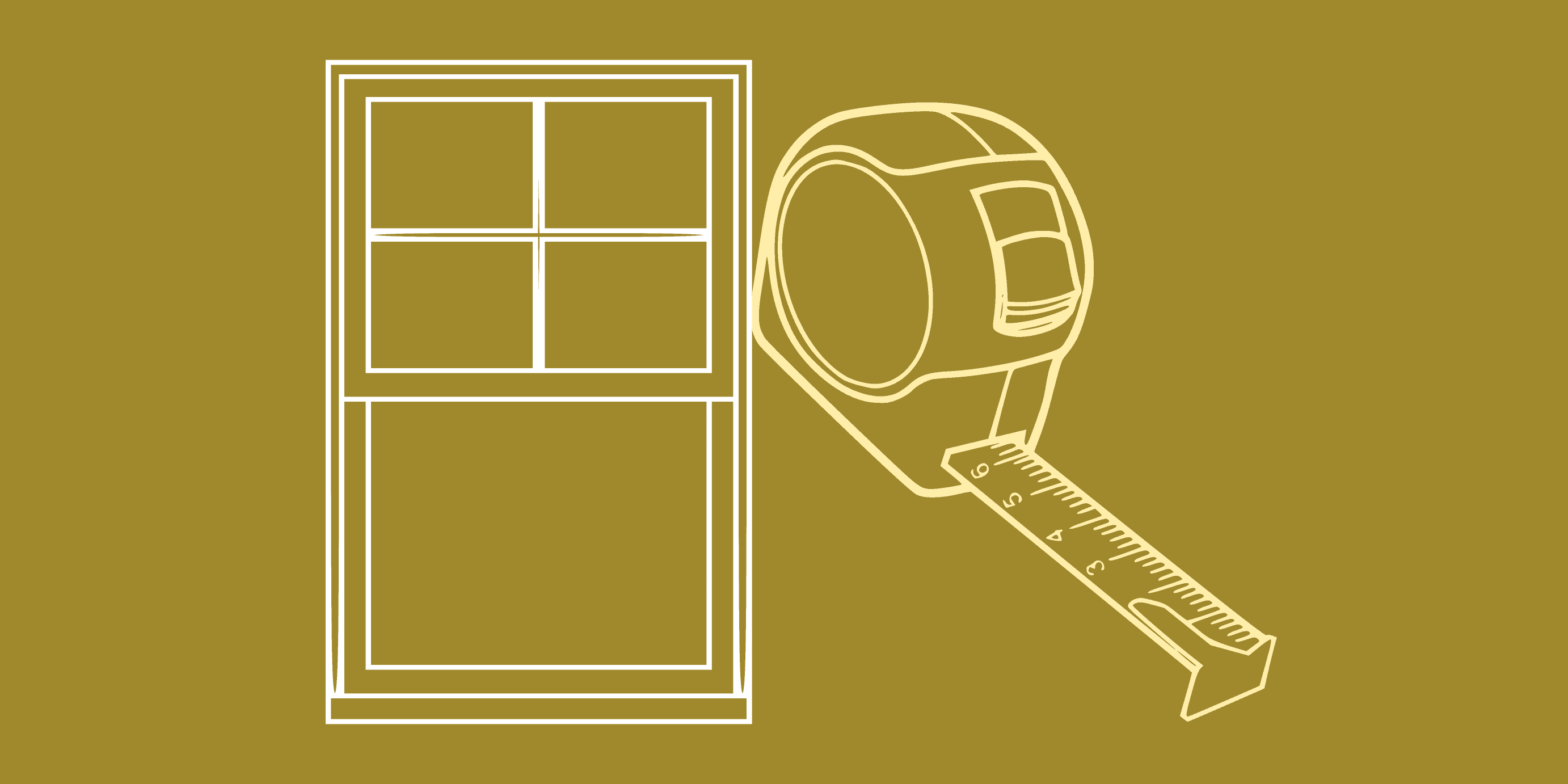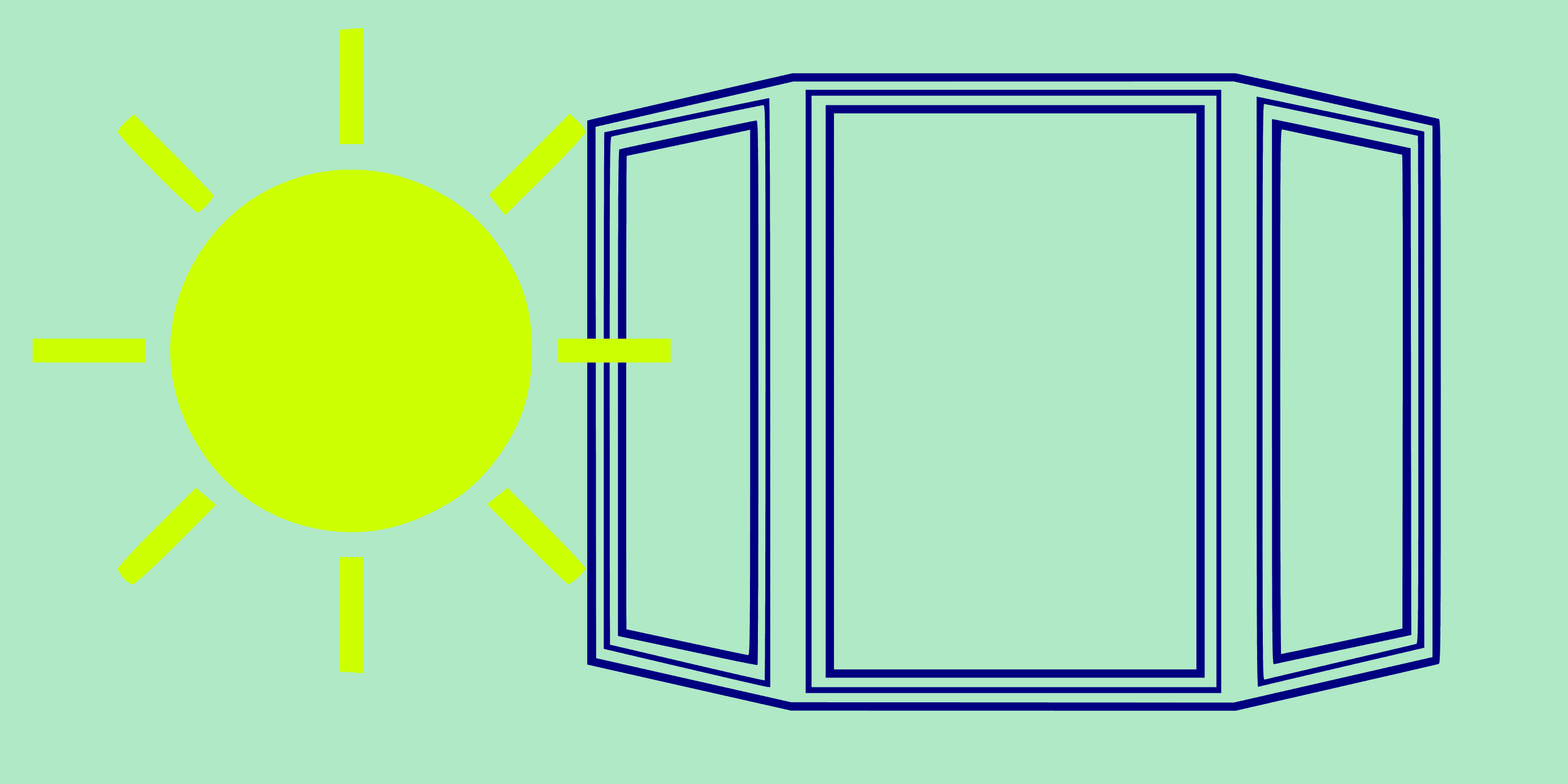Smart glass windows, often known as smart windows, are a type of technology that can change their appearance or how much light they let through, based on user needs or automatic settings. These windows can turn from transparent to opaque with the flip of a switch or the tap of an app, providing privacy while still letting in light. In this article, we’re focusing on a specific kind called PDLC (Polymer Dispersed Liquid Crystal) smart glass. This technology uses a special film between two layers of glass that changes from clear to frosted when electricity is applied, allowing control over the window’s transparency.
What are Smart Windows?
Smart windows, also known as switchable smart glass windows, are a type of advanced window that can change from clear to opaque. This change is possible due to PDLC (Polymer Dispersed Liquid Crystal), which is incorporated into the glass. These windows are particularly useful for privacy, as traditional clear windows can be seen through easily. Unlike conventional solutions like blinds or curtains, smart windows provide a modern and efficient way to manage visibility and light entry. Smart windows are versatile, being used for everything from innovative retail displays to enhancing home privacy and comfort, marking them as a future trend in window design.
How do Smart Windows Work?
Smart windows operate by incorporating the PDLC layer, which is applied over the entire glass surface. Depending on the product, this layer might be protected by being encased between two glass layers or applied directly onto the surface of the glass. These windows are connected to a power source, which can be either mains or battery-operated, enabling them to switch between frosted and clear states. This change is controlled by the user’s preferred method and happens instantly when electricity activates the PDLC layer, aligning the crystals to make the glass transparent and allow light through.
How Much do Smart Windows Cost?
The cost of smart windows can vary significantly, as it depends on the specific type and features of the switchable smart glass chosen. The price for standard smart glass typically falls between $90 and $150 per square foot.
With a range of products available under the smart window category, understanding the exact needs and preferences is crucial to determining the price. It’s important for customers to carefully assess their requirements to select the most suitable smart window option, which will influence the final cost.
Smart Window Film
Smart film, which is a self-adhesive layer, can be applied to existing glass surfaces to convert them into switchable glass. This film operates in the same manner as switchable glass, allowing it to change from clear to opaque with a simple switch activation. This adhesive film is made of the same PDLC material used in switchable glass products and serves as a cost-effective solution for those who already have glass installed or are seeking a more budget-friendly option for achieving privacy on demand. The cost for smart glass film usually ranges from $40 to $60 per square foot.
Exterior Smart Windows
Exterior smart windows, particularly those made with double-glazed smart glass (DGUs), are among the higher cost options due to their intricate production process. These windows incorporate a PDLC layer sealed within the glass, safeguarding it from external elements like weather, moisture, and physical damage. Double-glazed smart glass windows not only provide the advantages of switchable glass, such as privacy control and transparency adjustment, but also offer the standard benefits of double glazing, including improved insulation and UV protection. This makes them a superior choice for exterior window installations when compared to other options like tempered switchable glass, which lacks these additional protective features. Despite the higher cost, double-glazed smart glass windows are a worthwhile investment for their extensive benefits and suitability for a wide range of external applications.
Interior Smart Glass
Tempered smart glass is best suited for interior window and glass applications. This type of glass is toughened and has a PDLC layer applied directly to its surface, making it a more affordable option than exterior smart glass. Tempered smart glass is a popular choice for internal windows, as its application is limited to indoor areas that are dry and do not require additional safety measures. The PDLC layer on tempered glass is more exposed and susceptible to physical damage, which could compromise its integrity. Despite these limitations, tempered smart glass remains a sought-after option for indoor environments.
Safety Glass Smart Windows
Laminated smart glass offers a middle ground between the robust protection of double-glazed smart glass and the affordability of tempered smart glass, combining distinct advantages. In this configuration, the PDLC layer is securely sandwiched between two layers of laminated safety glass, ensuring compliance with safety standards and protection against moisture and physical impact. While it is less expensive than double-glazed smart glass, it costs more than tempered smart glass, making it an ideal choice for internal windows in busy public areas or places with specific health and safety requirements. Laminated smart glass is versatile enough for use in moist environments, like bathrooms, serving as partitions or shower screens due to its moisture resistance.
Laminated smart glass can be cleaned like any other glass type, making it suitable for environments frequented by children or in healthcare settings where cleanliness is required. Compared to tempered smart glass, it also offers better sound insulation, though not as effective as double-glazed units, providing an added benefit for spaces where privacy and noise reduction are important.
Smart Glass Energy Savings
Windows are crucial in preventing solar heat gain and minimizing heat loss, which can significantly affect your energy expenses. Smart glass and film not only offer privacy but also contribute to energy savings by allowing in natural light. Even in their opaque state, they allow about two-thirds of natural light to enter, reducing the reliance on interior lighting. Smart glass and film also block infrared radiation, with around 15% blockage when clear and 75% when opaque.
When it comes to energy consumption of smart film or glass, these materials use a minimal amount of electricity. The PDLC layer in smart glass and film is powered by a small amount of energy, consuming just 5 watts per 10 square feet. This means that an area of 120 square feet would use as much energy as a 60-watt light bulb.
Should I Upgrade to Smart Glass Windows?
Smart glass represents a significant advancement in window technology, combining privacy, energy efficiency, and aesthetic appeal. With its ability to switch between transparent and opaque states, it offers unparalleled control over light and visibility. The versatility of smart glass, available in various forms like tempered, laminated, or double-glazed, allows for tailored applications in different environments. Its energy-saving potential, through natural light optimization and infrared blocking, contributes to substantial cost savings on energy bills. Also, the minimal electricity consumption of smart glass technology underscores its role as an eco-friendly and cost-effective solution for modern living and working spaces. Overall, smart glass can be a progressive and innovative solution that enhances comfort, privacy, and energy efficiency in a variety of settings.




